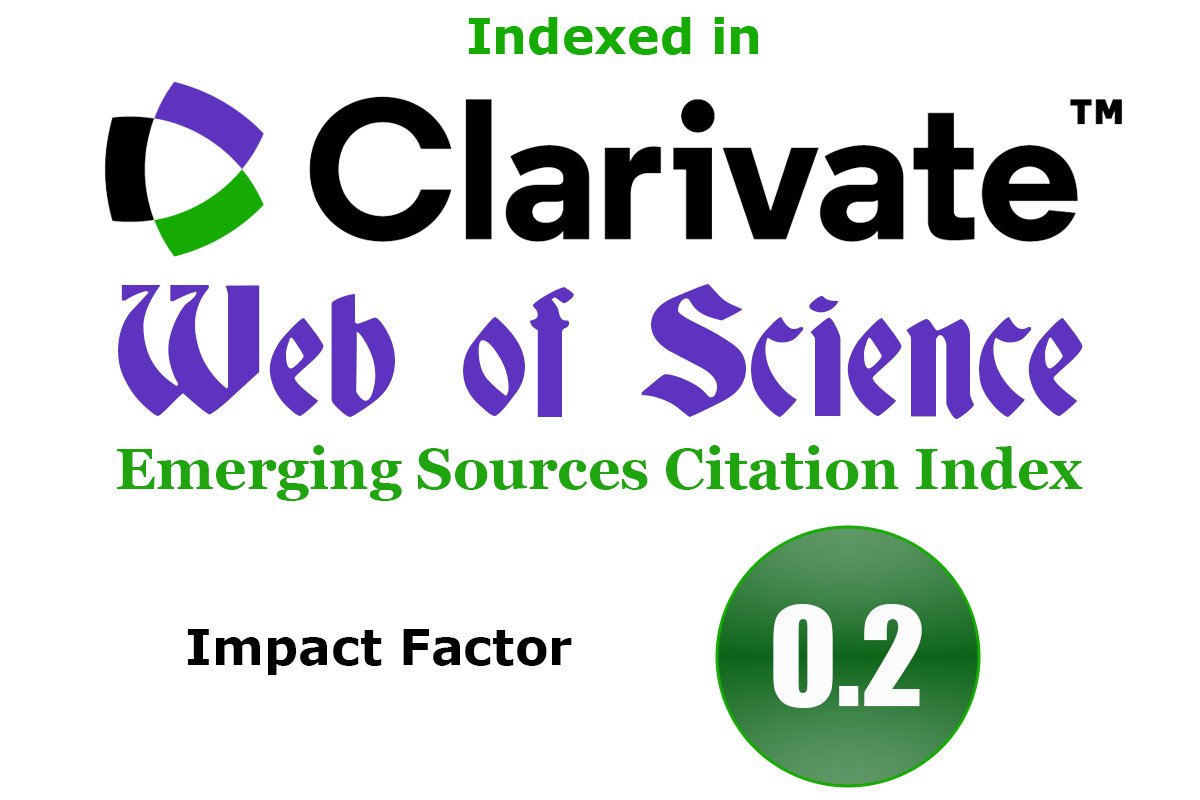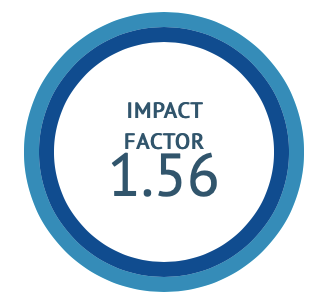Lantana Camara Linn: Unveiling a reservoir of novel antiepileptic compounds through systematic review
DOI:
https://doi.org/10.47552/ijam.v16i3.6094Keywords:
Epilepsy, Lantana camara, Anticonvulsant activity, Anti-diabetic properties, Ursolic acid stearoyl glucoside (UASG), FerroptosisAbstract
Epilepsy affects approximately 52.5 million people worldwide, with one-third experiencing treatment-resistant seizures despite available antiepileptic drugs (AEDs), while Lantana camara, traditionally regarded as an invasive weed, has emerged as a compelling candidate for epilepsy treatment based on traditional knowledge and scientific investigations. This structured review comprehensively analyzes current knowledge of Lantana camara's anticonvulsant properties, examining its phytochemical composition, mechanisms of action, and therapeutic potential as a novel antiepileptic agent. A systematic literature search was conducted following PRISMA 2020 guidelines across Google Scholar, PubMed, Science Direct, and Web of Science databases using relevant search terms to identify research on L. camara's anticonvulsant properties. Key findings include isolation of ursolic acid stearoyl glucoside (UASG) by Kazmi et al. (2012), which demonstrated anticonvulsant activity in seizure models, while recent studies revealed L. camara's multifaceted therapeutic mechanisms involving GABAergic modulation, antioxidant properties, neuroinflammatory regulation, and ferroptosis inhibition. These investigations collectively demonstrate the plant's ability to modulate multiple pathways in seizure generation and propagation, establishing its potential as a multi-target therapeutic agent. L. camara exhibits promising potential for developing novel antiepileptic medications, particularly for drug-resistant cases, with potentially better safety profiles than conventional AEDs, however, critical gaps remain including comprehensive toxicological studies, standardization of active compounds, and clinical translation requiring future research focus
Downloads
Published
How to Cite
Issue
Section
License
Copyright (c) 2025 International Journal of Ayurvedic Medicine

This work is licensed under a Creative Commons Attribution-NonCommercial-ShareAlike 4.0 International License.
The author hereby transfers, assigns, or conveys all copyright ownership to the International Journal of Ayurvedic Medicine (IJAM). By this transfer, the article becomes the property of the IJAM and may not be published elsewhere without written permission from the IJAM.
This transfer of copyright also implies transfer of rights for printed, electronic, microfilm, and facsimile publication. No royalty or other monetary compensation will be received for transferring the copyright of the article to the IJAM.
The IJAM, in turn, grants each author the right to republish the article in any book for which he or she is the author or editor, without paying royalties to the IJAM, subject to the express conditions that (a) the author notify IJAM in advance in writing of this republication and (b) a credit line attributes the original publication to IJAM.




